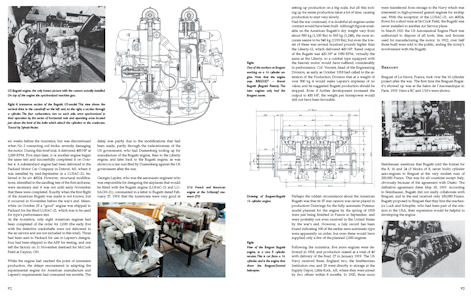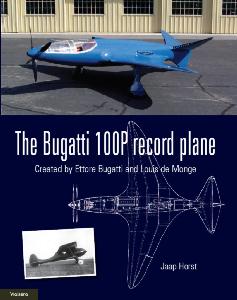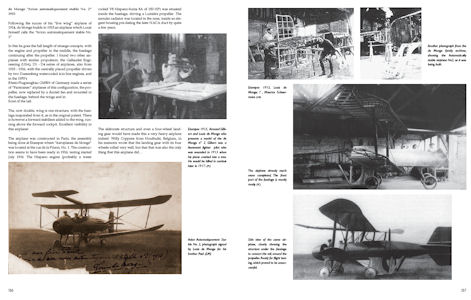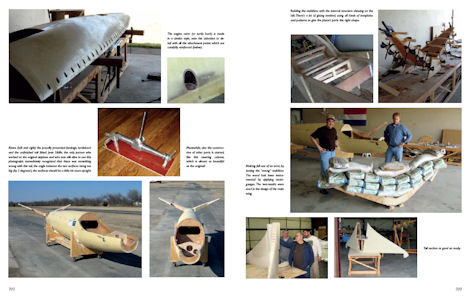



This book for the first time describes the complete history of this wonderfully beautiful streamlined airplane, as well as all of it’s novel systems. Also, the histories of both the plane’s creators are followed, from the early years of aviation.


Louis de Monge built his first airplanes before WWI, during WWI he designed and produced modern propellers, sold under the name Lumière. After WWI many, often technically advanced, designs were made. The complete history of his many interesting inventions and lack of commercial success is published here for the first time.


The 2nd edition has a few additions, improvements and corrections compared to the 1st edition, amongst which more recent photographs of the replica 100P, new info on Louis de Monge, and additional information on the Breguet Léviathan airplanes.

 You can also combine your order with other publications:
You can also combine your order with other publications:
Jaap Horst
E-mail: J.J.Horst@BugattiPage.com
David Bruzas
Cher Ami Jaap, De 100P kwam gisteren aan in goede orde, en heeft mij een slapeloze nacht bezorgd. Wat een fantastisch document. Zeer interessant van begin tot eind……..natuurlijk een compilatie van alles wat je eerder hebt uitgegeven via de Pegasus/Bugatti Aircraft Association, maar nu in een logische uitgebreide samenvatting. Werkelijk super Engels ook, layout zeer goed, en ik heb je genomineerd voor de Bugatti Pullitzer Prijs! Dit oeuvre verdient to worden aangeschaft door alle Bugattisten met een horizont verder dan alleen maar met wielen op terra firma. Plan maar de 2de druk.
Kjeld Jessen
Last Friday I received your book – thank you for signing it.
Congratulations – you really did a first class job!!!
The book is of exeptionally good quality concerning the layout, printing and binding. As a (retired) mechanical engineer I appreciate most the lot of technical drawings, which you incorporated. This bulk of drawings is not self evident, there are a lot of books and magazines around which show beautiful photos of all kind of machinery but not a single drawing! Obviously a lot of writers (or editors) prefer to compose complicated descriptions (which I don’t understand sometimes even as an engineer!) instead of showing a technical drawing which makes clear how something is put together and works at a glance.
I am convinced that your text also will meet the high standard that is implied by the general impression of the book – I’m greedy reading it!
Werner Striek